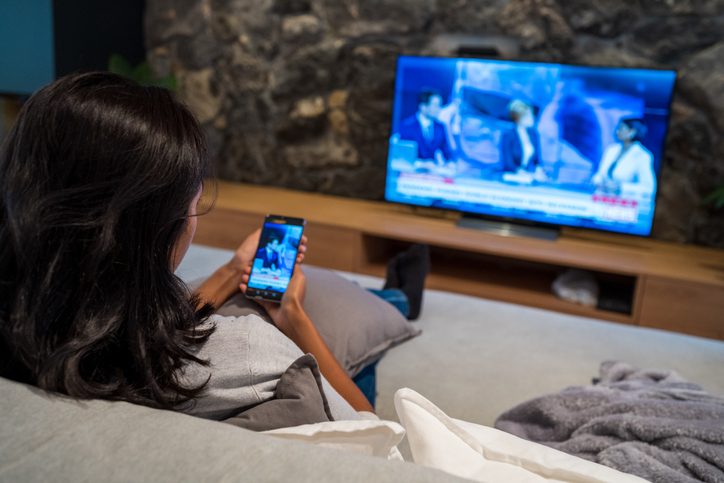It’s not just social media: Cable news has bigger effect on polarization

Enlarge (credit: simonkr | Getty Images)
The past two election cycles have seen an explosion of attention given to echo chambers," or communities where a narrow set of views makes people less likely to challenge their own opinions. Much of this concern has focused on the rise of social media, which has radically transformed the information ecosystem.
However, when scientists investigated social media echo chambers, they found surprisingly little evidence of them on a large scale-or at least none on a scale large enough to warrant the growing concerns. And yet, selective exposure to news does increase polarization. This suggested that these studies missed part of the picture of Americans' news consumption patterns. Crucially, they did not factor in a major component of the average American's experience of news: television.
To fill in this gap, I and a group of researchers from Stanford University, the University of Pennsylvania, and Microsoft Research tracked the TV news consumption habits of tens of thousands of American adults each month from 2016 through 2019. We discovered four aspects of news consumption that, when taken together, paint an unsettling picture of the TV news ecosystem.